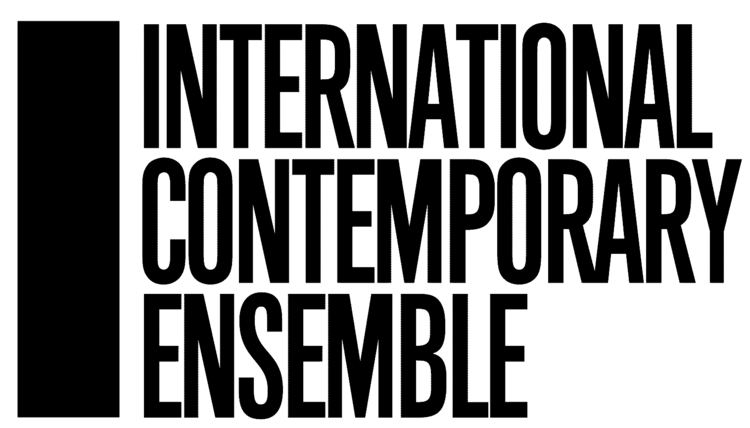Chicago native, composer, instrumentalist, scholar, programmer, historian, MacArthur "Genius", and all-around musical pioneer George Lewis will be returning to his hometown this Saturday for ICElab InFormation, a FREE event at the MCA. Reserve your seat - right on the MCA stage - by clicking here
Dr. Lewis was kind enough to compile this excerpt from his highly acclaimed book, A Power Stronger Than Itself: The AACM and American Experimental Music (which we highly recommend). The selections include a story from his early and formative encounters with the AACM in Chicago, a profile of the state of the Association at the ten year mark, and finally, a "futures" section: "An unstable polyphony of quoted voices, what follows is a section from a kind of virtual AACM meeting, sampled from the many self-critical musings that I heard in my interviews with my colleagues and friends in the collective."
________________
From George E. Lewis, A Power Stronger Than Itself: The AACM and American Experimental Music (University of Chicago Press, 2008)
In the summer of 1971, I was a native South Sider, a member of Cook County Hospital’s class of 1952. My father and mother, part of the great exodus from the South, had met in Chicago around 1950. My father had gotten a job in the post office around that time, and was still working there in 1970 when he and my mother purchased their first home on 88th Street near Stony Island Avenue. We had come a long way from our first abode, a two-room Woodlawn apartment with a Murphy bed in the living room, on a dead-end street in the shadow of the Illinois Central tracks.
My mother liked John Lee Hooker and B. B. King, Charles Brown at Christmastime, and Sam Cooke at any time, as well as Little Johnny Taylor and R&B in general. My father had two passions: electronics, which he had studied under the GI Bill, and the kind of jazz that was popular among his generation of African Americans—Buddy Johnson, Tab Smith, Cleanhead Vinson, Brother Jack McDuff. On the radio, we would listen to Marty Faye, and later to Dick Buckley, and my dad’s endless lectures about hearing Erskine Hawkins, Lionel Hampton, and Illinois Jacquet live as a young navy seaman were made all the more vivid by the fact that he never played any records by any of them. Like a radio play, you could use your imagination.
At the neighborhood school I was one of those children who attended in half-day shifts to relieve “overcrowding,” or rather, to facilitate de facto segregation. An African American teacher, whom I remember as Miss Vining, took an interest in my education and told my parents about scholarships at the University of Chicago Laboratory School. When they heard about the cost, even with the scholarship, they were pretty daunted. Miss Vining was not to be denied, however, and when I got to the Lab School in 1961, I was one of a very small complement of black pupils, mostly children of professional people. Two amazing teachers were crucial to my life there: Louise Pliss, who for two years did everything she could to facilitate my transition from ghetto school to Lab School, and the Lab School band instructor, Frank Tirro, the well-known jazz historian, who was then working on his PhD. That was also where the whole formal business of music started for me.
I didn’t know anything about instruments, but my parents thought that music would be a way to make friends. I think I picked the trombone mainly because it looked big, shiny, and weird. It cost around $150, and my mother paid for it on time, five dollars or so every month. I played in the school orchestra and the concert band, and later took private lessons from University of Chicago graduate students, where we read Arban, Rochut, and Bach cello suites, standard fare for trombonists. Carrying this unwieldy instrument, I would walk twice daily across the Midway, the arboreal southern border between the nice, pleasant campus and what was then being called “the ghetto.”
Around high school, Mr. Tirro and a new teacher, Dean Hey, started a jazz band at the Lab School, and we started going to stage band contests. Mr. Hey, whose training was in both contemporary classical music and jazz, wanted everyone to improvise instead of playing the written-out solos that were typical of school-band arrangements, so he started an improvisation class. His jazz-band pupils also presented Allan Kaprow–style happenings, which I guess some people today would complain about, since this was not part of “the tradition.” I began studying trombone privately with Mr. Hey, and at the same time, I discovered some records at home that my father never played—Max Roach with J. J. Johnson, Miles Davis with John Coltrane, and Lester Young with Oscar Peterson. The Lab School librarian, Win Poole, one of the few African Americans on staff there, introduced me to Charlie Parker and Thelonious Monk, as well as tape music from the University of Illinois electronic music studios. A fellow student, Carolyn Wilkins, introduced me to late Coltrane, via his Live at the Village Vanguard Again, which elicited a very strong and lasting emotional reaction. After hearing that record, I started to get interested in trying to play that sort of thing. As it happens, I started playing music at the same time as trombonist Ray Anderson, and around 1968, Ray took me to hear Fred Anderson at an AACM concert at the Parkway Community House. I was totally baffled— what was it?
Read the full excerpt here.

